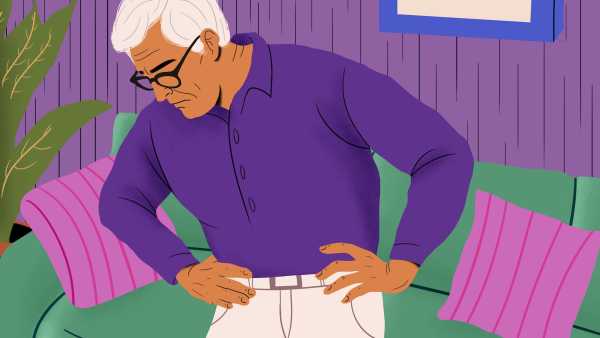
In late-stage trials, a new once-daily pill appears to be as effective as injectable GLP-1 agonists like Ozempic in treating type 2 diabetes. (Photo credit: Yulia Reznikova via Getty Images)
Initial trial results suggest the experimental pill may be as effective in treating type 2 diabetes as injectable drugs like Ozempic.
The oral medication known as orforglyprone belongs to a class of drugs called glucagon-like peptide 1 (GLP-1) agonists. This class includes Ozempic, which is made by Novo Nordisk and is approved for blood sugar control in people with type 2 diabetes, as well as for the treatment of people with type 2 diabetes and underlying heart or kidney disease. Also in this class is Wegovy, which contains the same active ingredient as Ozempic but is intended for long-term weight management.
GLP-1 agonists are best known as weight-loss drugs and appear to promote weight loss in part by slowing down the digestive process and suppressing appetite by influencing the body’s hunger signals. In the context of diabetes, these drugs help lower blood sugar levels by increasing the production of insulin, the hormone responsible for removing sugar from the blood.
However, to date, all GLP-1 agonists are injectables that require refrigeration, The New York Times reports. Introducing a daily pill that can achieve similar results could potentially improve the availability and use of these drugs, suggests manufacturer Lilly.
“Injections are not the answer for billions of people around the world,” Dr. Daniel Skowronski, Lilly’s chief scientific officer, told The New York Times.
In a statement released Thursday (April 17), Lilly presented topline results from a late-stage trial of orforglyprone. The trial data has not yet been published in a scientific journal, but will be released in the future, and the results will also be presented at the American Diabetes Association's 85th Scientific Sessions, the statement said.
The study involved 559 adults with type 2 diabetes whose blood sugar levels were not adequately controlled by diet and exercise alone. For just over nine months, participants took either orfroglypron or a placebo every day. Those taking orfroglypron received one of three doses: 3 milligrams, 12 milligrams, or 36 milligrams.
After 40 weeks, study participants had their blood sugar levels checked using the A1C test, which measures average blood sugar levels over the previous three months. The test results are presented as a percentage, with 6.5% or higher typically indicating diabetes and 5.7% to 6.4% indicating prediabetes. Study participants started with an A1C of 8%.
At the end of 40 weeks, the orforglyprone groups saw an average reduction in A1C levels of 1.3 to 1.6 percent, compared with just a 0.1 percent reduction in the placebo group. That effect was roughly in line with separate trials of Ozempic and Mounjaro, another GLP-1 drug, The New York Times reported.
About two-thirds of the participants taking the highest dose of the drug saw their levels drop to below or equal to 6.5%, the threshold for a diagnosis of diabetes. The high-dose group also lost an average of 16 pounds (7.3 kg) each. The other dose groups lost about 10 to 12 pounds (4.4 to 5.5 kg), while the placebo group lost about 3 pounds (1.3 kg).
“Given that participants had not yet reached a weight plateau at the end of the study, it can be assumed that full weight loss had not yet been achieved,” Lilly said in a statement.
The most common side effects were mild to moderate and similar to those seen with other GLP-1 drugs, such as diarrhea, nausea, upset stomach, constipation, and
Sourse: www.livescience.com





